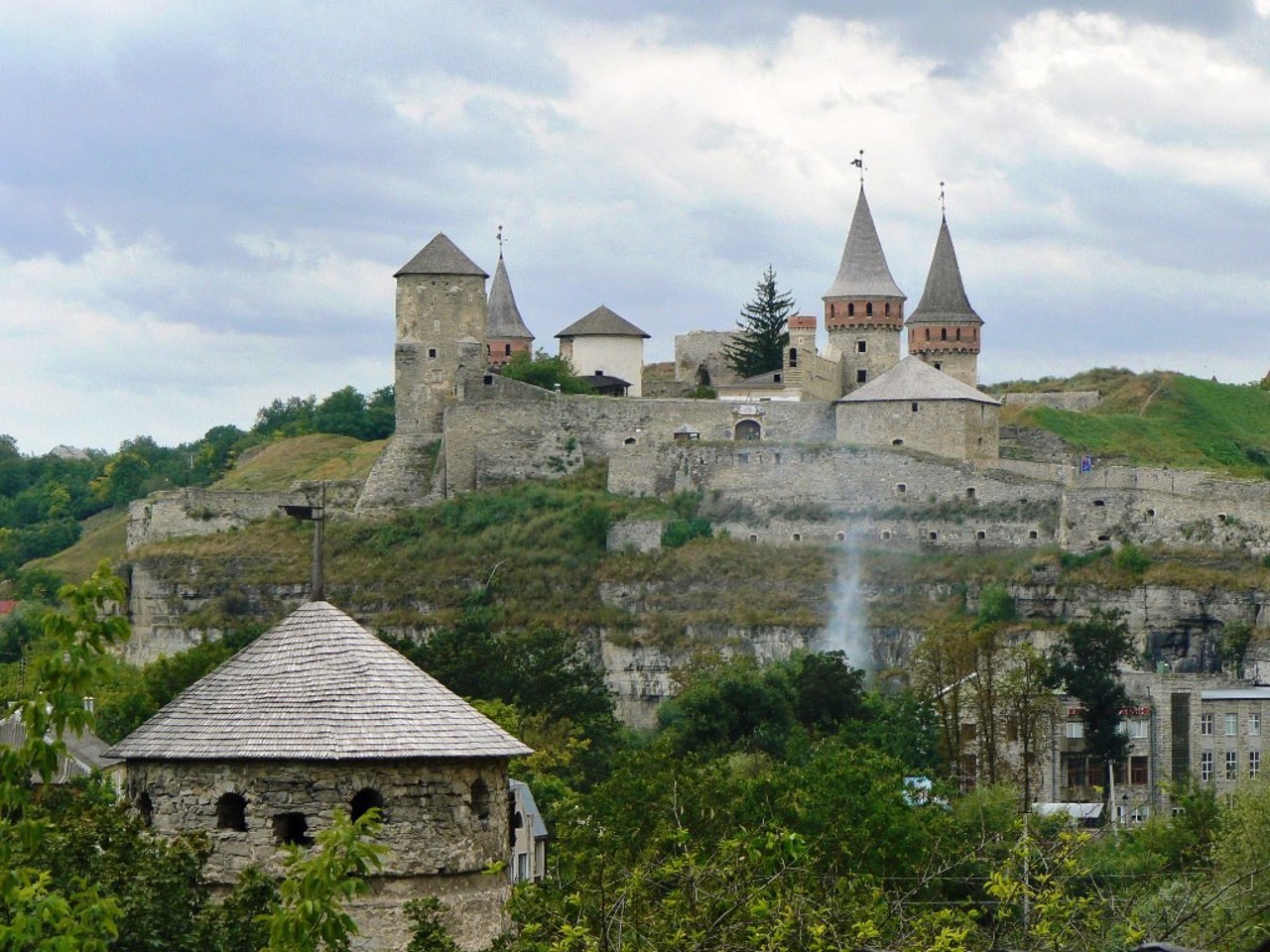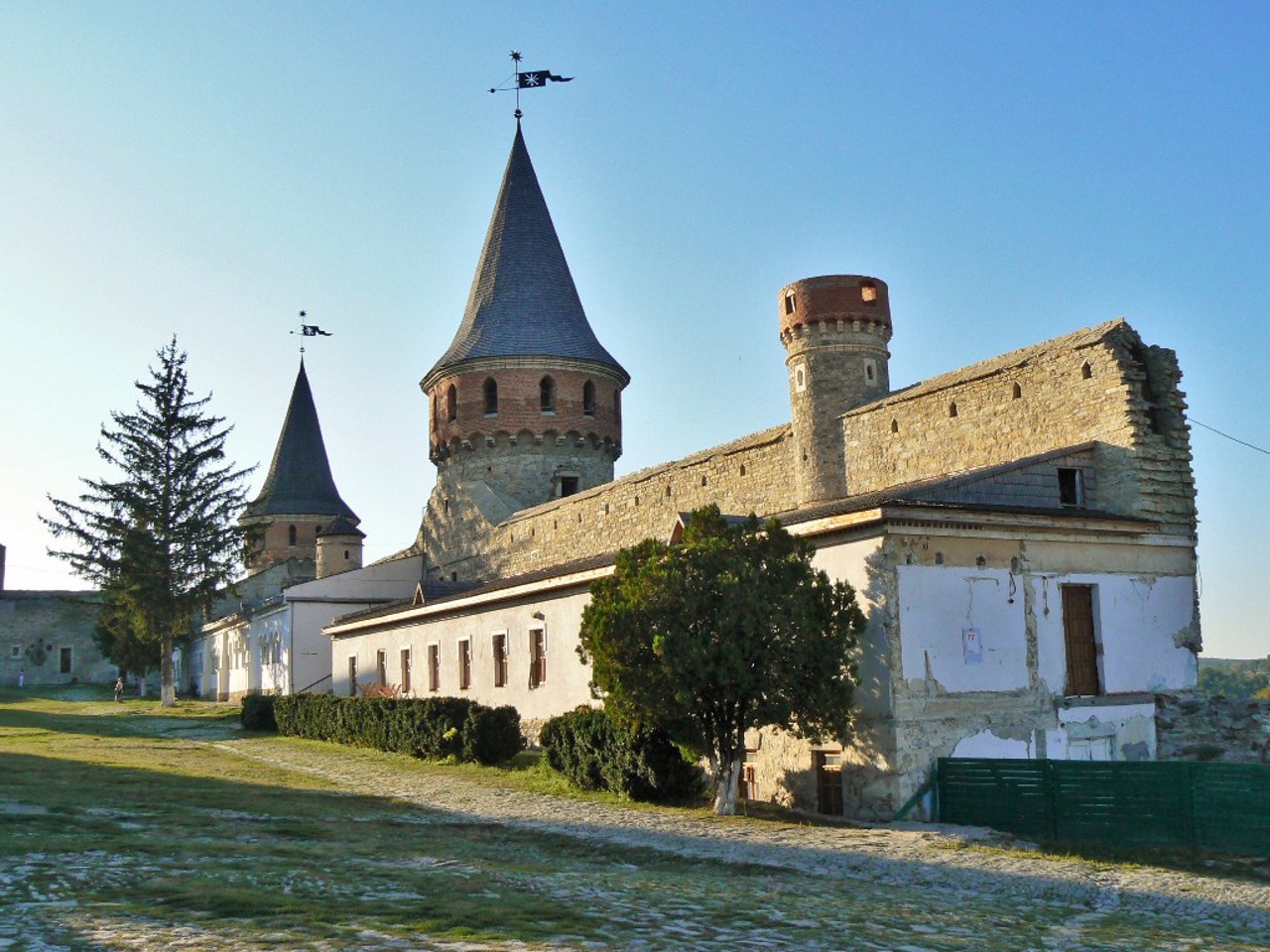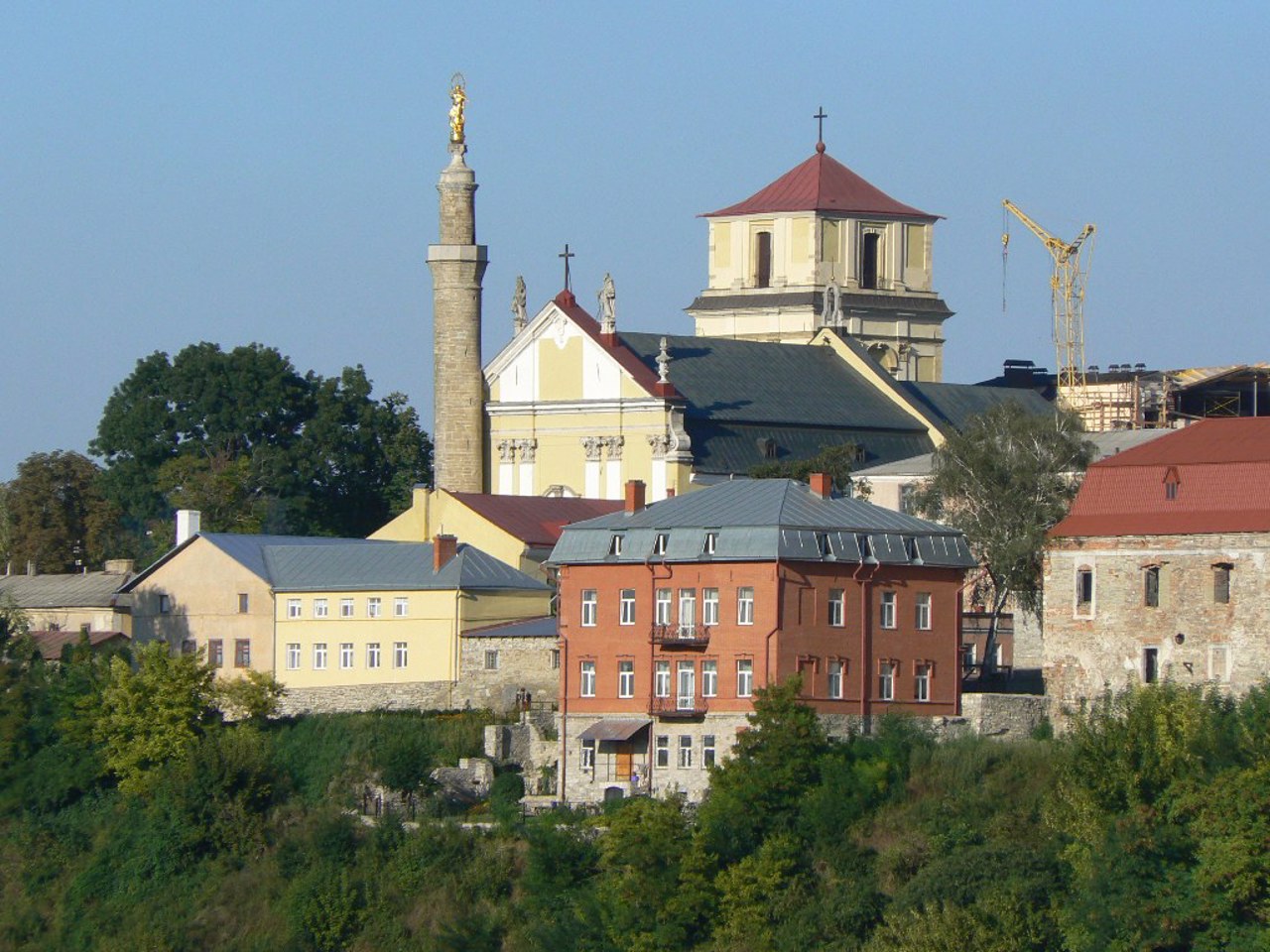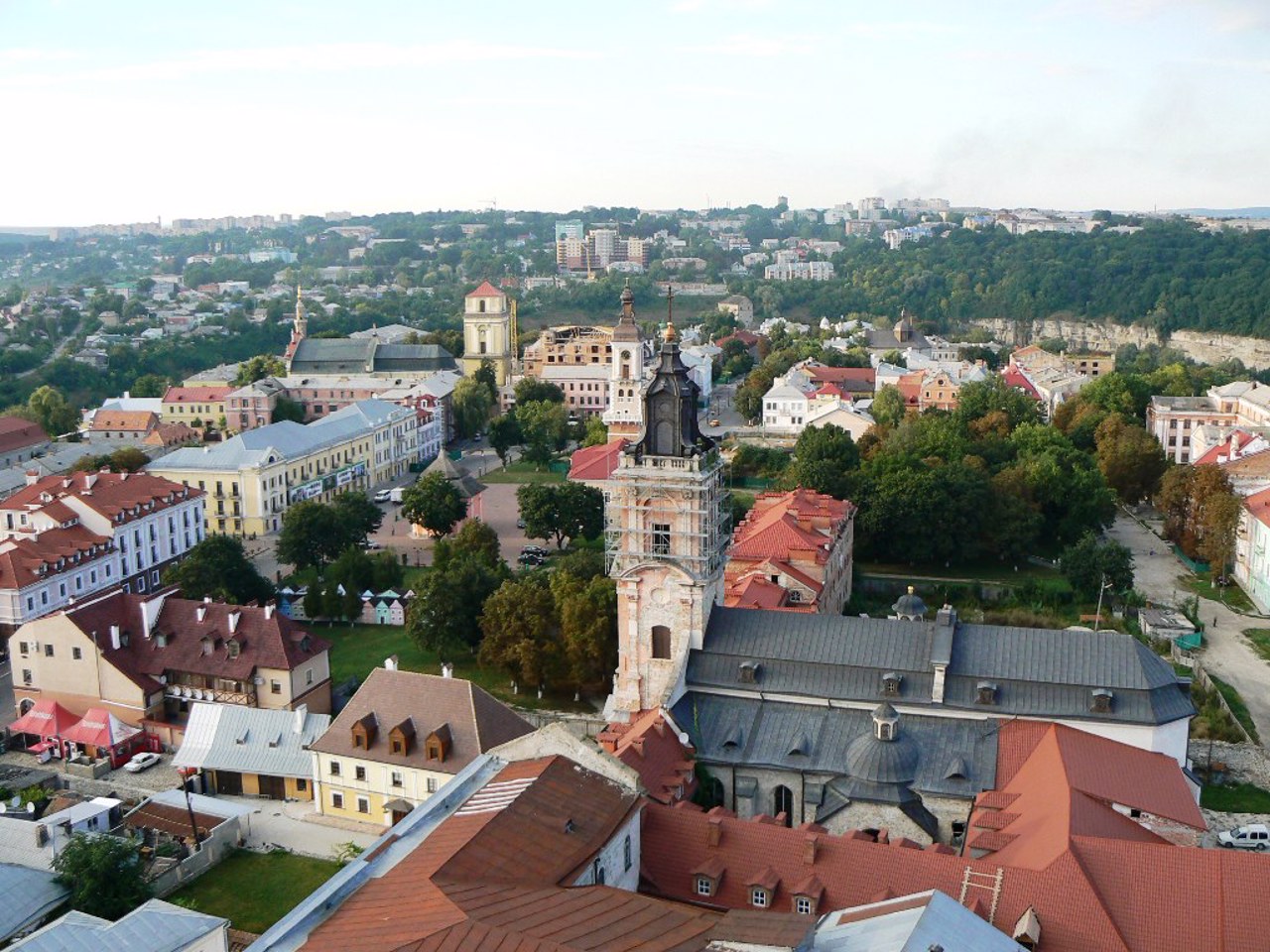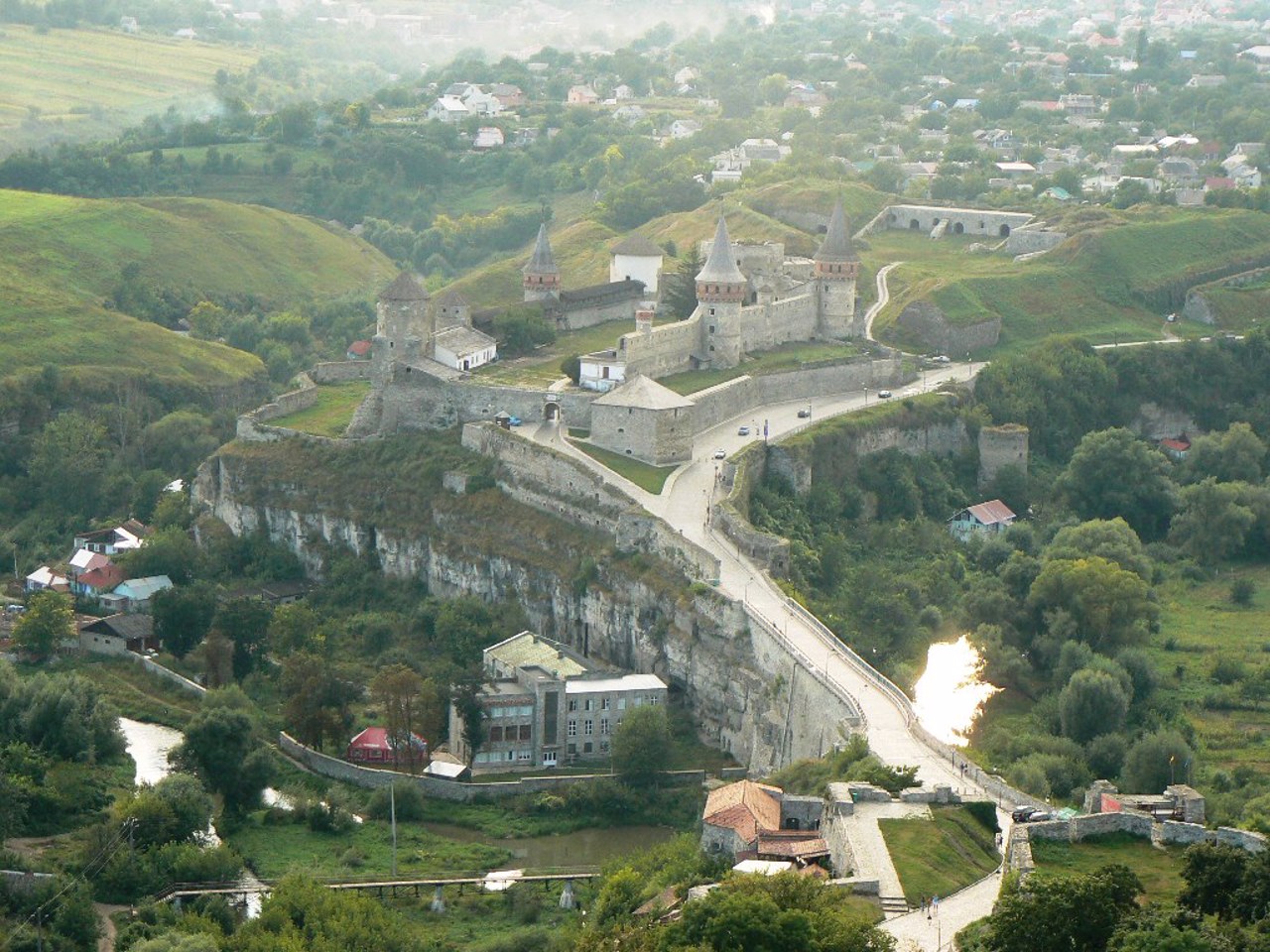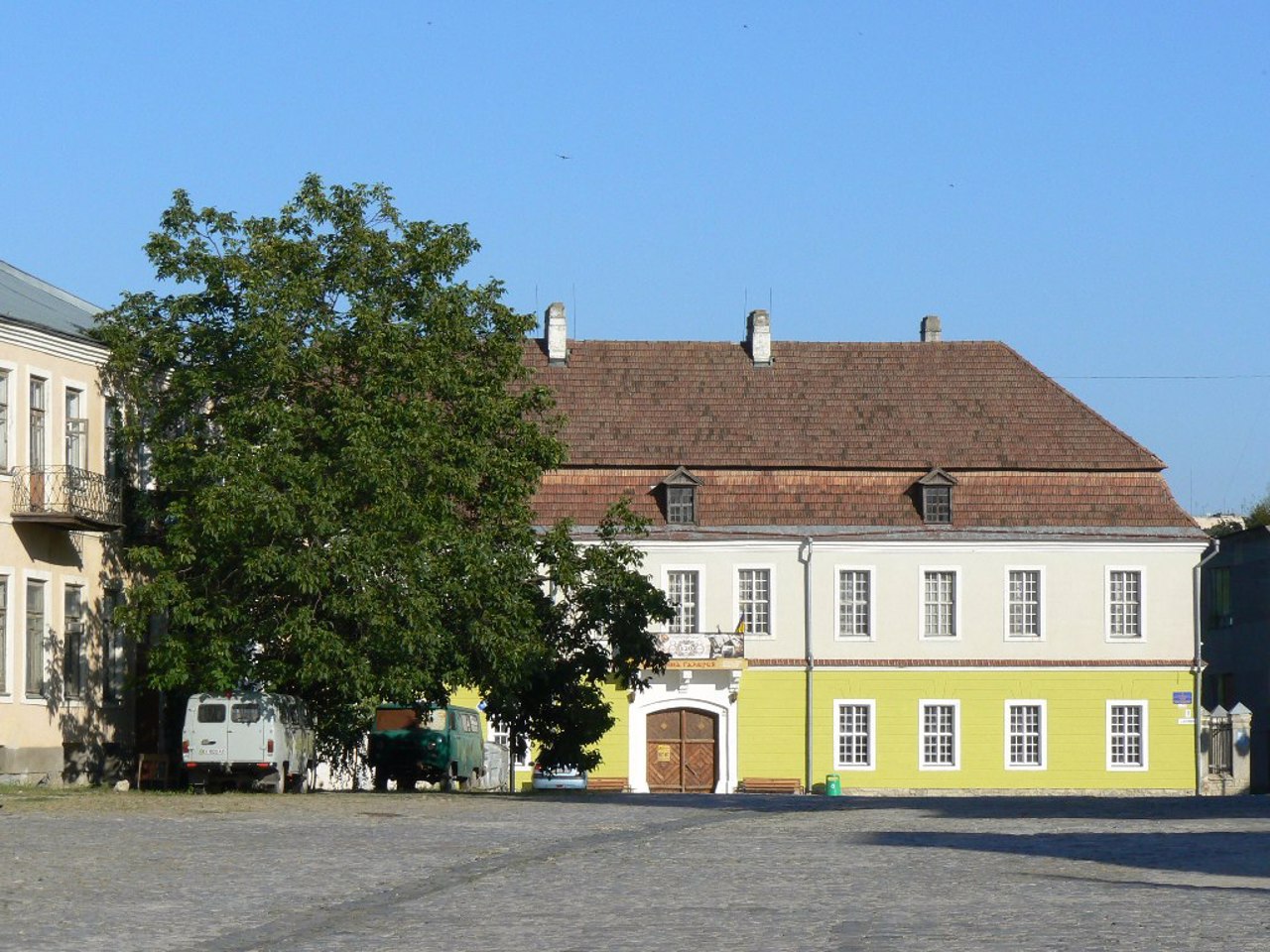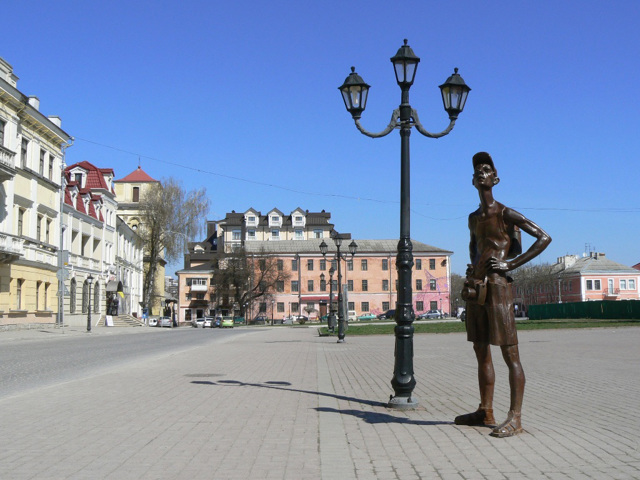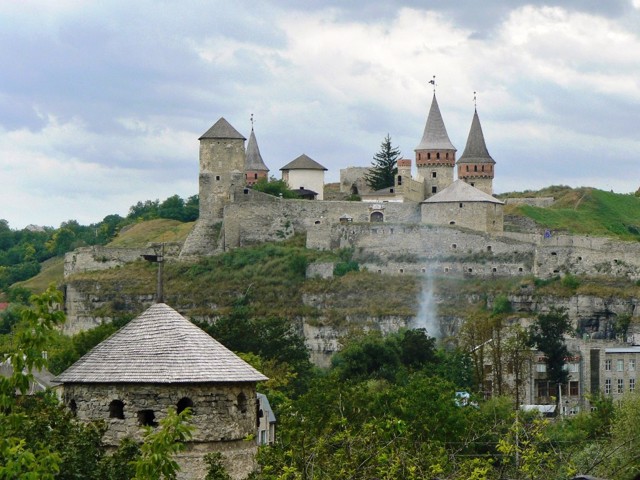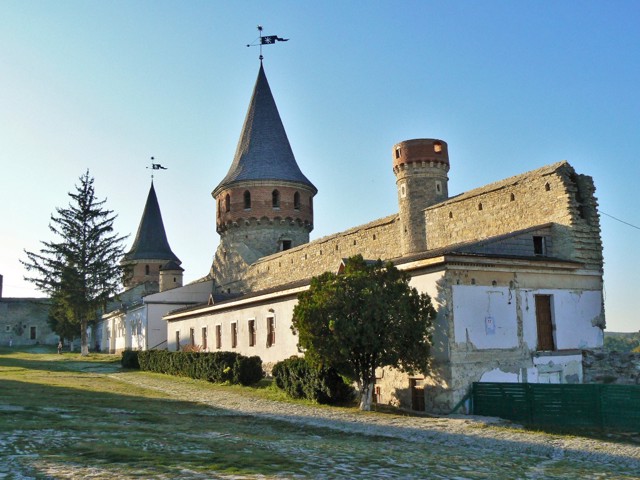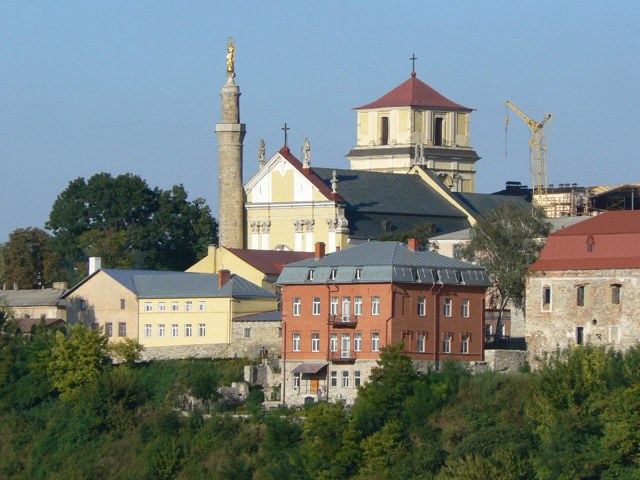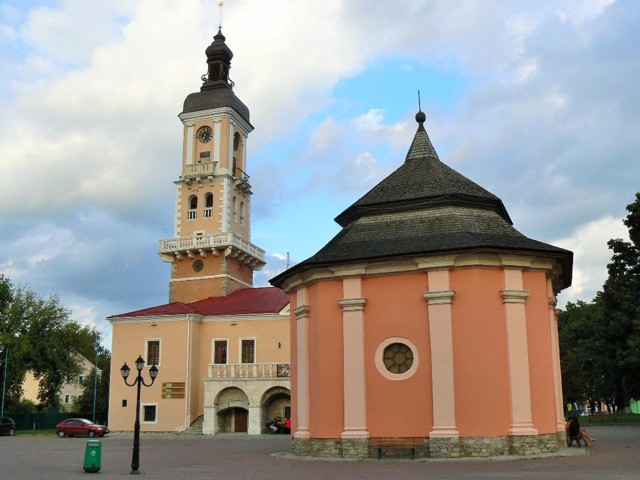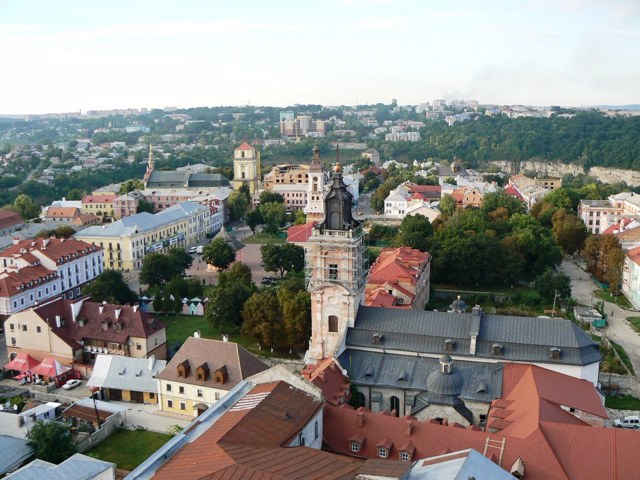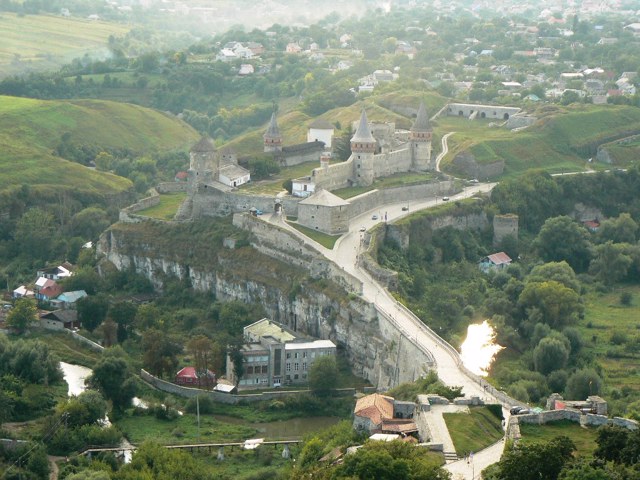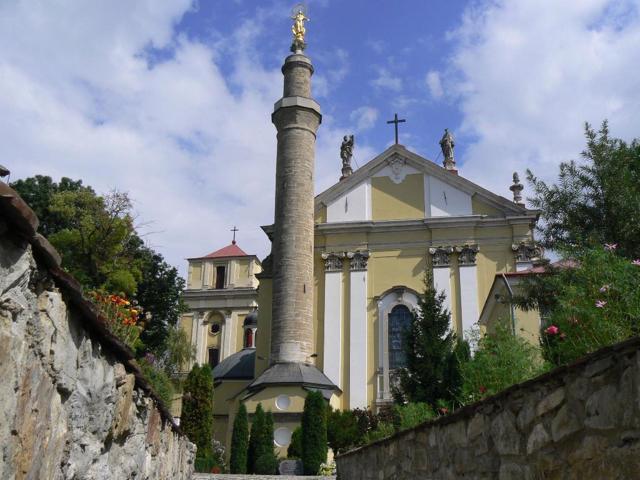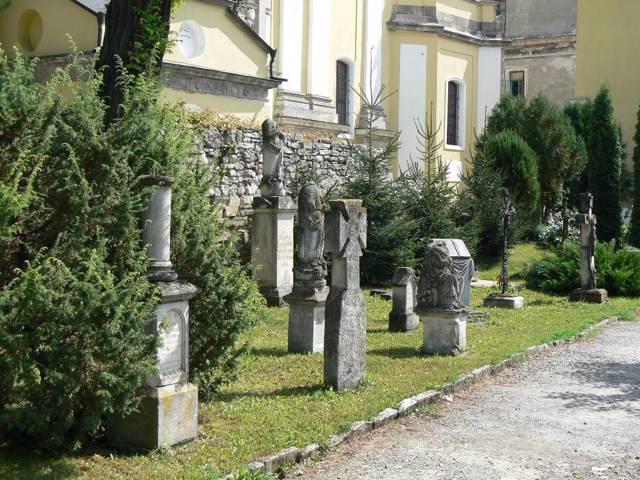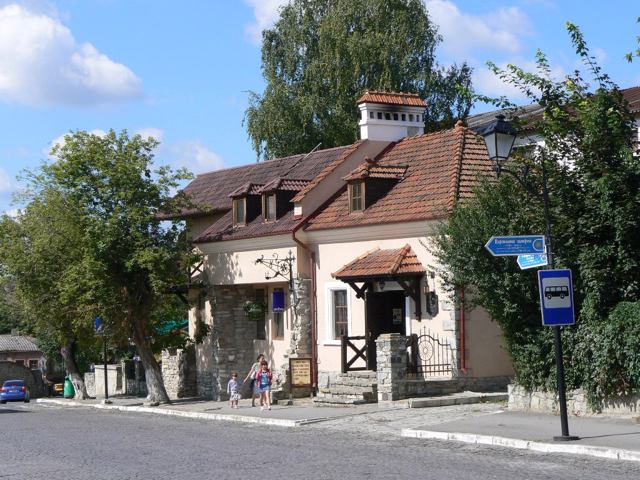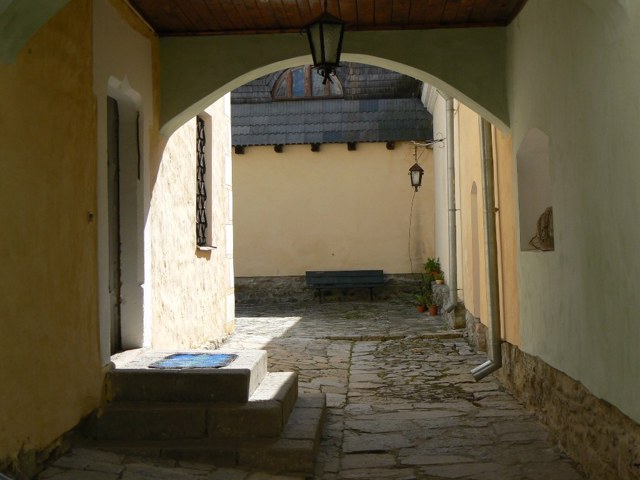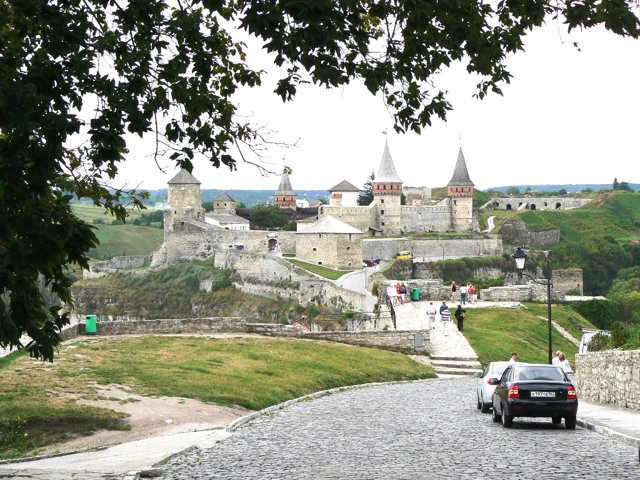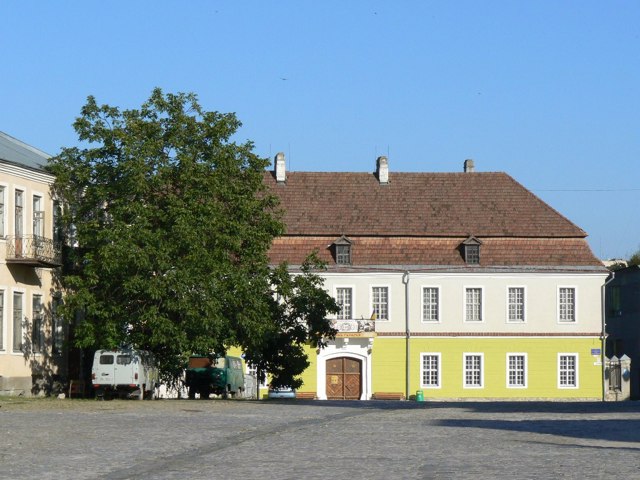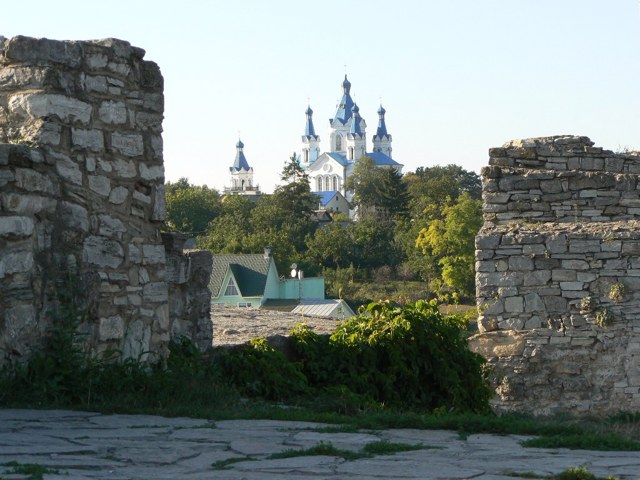Functional temporarily unavailable
Kamianets-Podilskyi
Travel guide online Kamianets-Podilskyi
General information about Kamianets-Podilskyi
The city-museum of Kamyanets-Podilsky is one of the most popular tourist centers in Ukraine, the third in terms of the number of architectural monuments. For the first time Kamenets in Podillia was reliably mentioned in Lithuanian sources in 1374, although there are unconfirmed references in Russian chronicles in 1196 and in Armenian documents in 1062. It is possible that the city was founded a millennium earlier by the Romans during the war with Dacia ( 101-107). At various times, Kamyanets-Podolsky belonged to the Galicia-Volyn principality, Lithuania, Poland, Turkey and the Russian Empire. Over the centuries, the city has undergone many destruction and rebuilding, thanks to which it has acquired a unique architectural eclecticism, which, however, is an example of a single historical ...
The city-museum of Kamyanets-Podilsky is one of the most popular tourist centers in Ukraine, the third in terms of the number of architectural monuments. For the first time Kamenets in Podillia was reliably mentioned in Lithuanian sources in 1374, although there are unconfirmed references in Russian chronicles in 1196 and in Armenian documents in 1062. It is possible that the city was founded a millennium earlier by the Romans during the war with Dacia ( 101-107). At various times, Kamyanets-Podolsky belonged to the Galicia-Volyn principality, Lithuania, Poland, Turkey and the Russian Empire. Over the centuries, the city has undergone many destruction and rebuilding, thanks to which it has acquired a unique architectural eclecticism, which, however, is an example of a single historical whole. Its toponymy preserves the memory of the presence of seven cultures: Ukrainians, Poles, Armenians, Russians, Jews, Turks, Lithuanians. The old town is located on the rocks, in the place where Smotrich makes a big loop. It is surrounded by walls with loopholes, defensive towers and bastions. The main entrance with the City Gate and the Castle Bridge is covered by the Old Fortress, which in the 17th century. was supplemented by a bastion system (New Fortress). The Kamenets National Historical and Architectural Reserve is included in the UNESCO World Heritage List. There are a huge number of architectural monuments, many museums, galleries and antique shops. Day of the city of Kamyanets-Podolsky is celebrated on the third Saturday of May - there are costume performances and fiesta.
Місто-музей Кам'янець-Подільський - один з найпопулярніших туристичних центрів України, третій за кількістю архітектурних пам'яток. Вперше Кам'янець на Поділлі достовірно згадується в литовських джерелах в 1374 році, хоча є непідтверджені згадки в руських літописах у 1196 році та у вірменських документах у 1062 році. Не виключено, що місто засноване на тисячоліття раніше - римлянами в ході війни з Дакією ( 101-107 рр.). У різний час Кам'янець-Подільський належав Галицько-Волинському князівству, Литві, Польщі, Туреччині та Російській імперії. Протягом століть місто зазнало безліч руйнувань та перебудов, завдяки чому знайшло неповторну архітектурну еклектичність, яка, однак, є зразком єдиного історичного цілого. У його топоніміці зберігається пам'ять про присутність се ...
Місто-музей Кам'янець-Подільський - один з найпопулярніших туристичних центрів України, третій за кількістю архітектурних пам'яток. Вперше Кам'янець на Поділлі достовірно згадується в литовських джерелах в 1374 році, хоча є непідтверджені згадки в руських літописах у 1196 році та у вірменських документах у 1062 році. Не виключено, що місто засноване на тисячоліття раніше - римлянами в ході війни з Дакією ( 101-107 рр.). У різний час Кам'янець-Подільський належав Галицько-Волинському князівству, Литві, Польщі, Туреччині та Російській імперії. Протягом століть місто зазнало безліч руйнувань та перебудов, завдяки чому знайшло неповторну архітектурну еклектичність, яка, однак, є зразком єдиного історичного цілого. У його топоніміці зберігається пам'ять про присутність семи культур: українців, поляків, вірмен, росіян, євреїв, турків, литовців. Старе місто розташоване на скелях, в місці, де Смотрич робить велику петлю. Обнесений стінами з бійницями, оборонними вежами та бастіонами. Головний в'їзд з Міськими воротами та Замковим мостом прикриває Стара фортеця, яка в XVII ст. була доповнена бастіонної системою (Нова фортеця). Національний історико-архітектурний заповідник "Кам'янець" включений в список всесвітньої спадщини ЮНЕСКО. Тут величезна кількість архітектурних пам'яток, багато музеїв, галерей і антикварних крамниць. День міста Кам'янець-Подільський відзначається в третю суботу травня - проходять костюмовані вистави, фієсти.
Сплануй своє перебування у Kamianets-Podilskyi
What to see and where to go in Kamianets-Podilskyi
Tourist attractions and museums of Kamianets-Podilskyi

Art Gallery (Theological Seminary)
Museum / gallery
The Art Gallery of the Art Department of the Kamyanets-Podilsky State Historical Museum-Reserve is located in the former educational building of the Theological Seminary (XVIII century) on the Armenian Market Square. M. Dostoevsky, S. Rudansky, M. Leontovych, A. Svydnytsky, and others studied at the Kamyanets-Podilsky Orthodox Seminary. The museum exposition presents works of painting, graphics and sculpture of the XVII-XX centuries, as well as a collection of icons of various religious denominations. In 2008, the room-museum of Godovanets was opened. Thematic exhibitions are held.
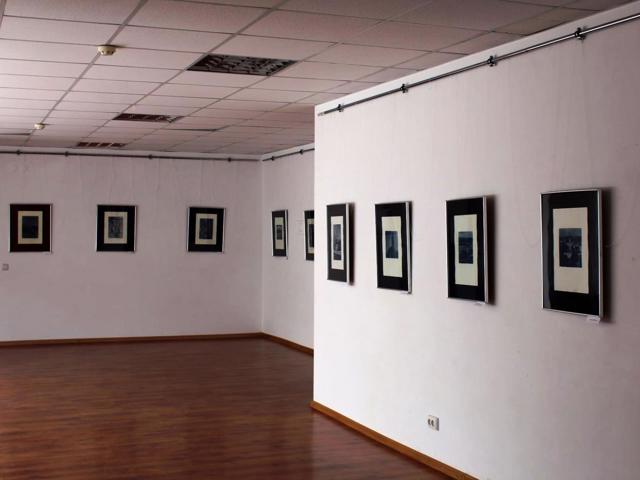
Exhibition hall of Kamyanets-Podilsky Reserve
Museum / gallery
The exhibition hall of the art department of the Kamyanets-Podilsky Historical Museum-Reserve is located in the modern city center, on the ground floor of a multi-storey building. The institution acquaints visitors with the works of contemporary artists of Ukraine. The reserve implements exhibition projects here, holds personal and collective art exhibitions, organizes concerts, workshops, fairs of handicrafts and more.

Museum of Antiquities (Bishop's Palace)
Museum / gallery
The Department of Antiquities (Archeology) of the Kamyanets-Podilsky State Historical Museum-Reserve is located in the former palace of the Armenian bishop, which was founded in the 15th century as a trading house. After the Turkish invasion, the commandant of Kamianets-Podilskyi, Jan de Witte, settled in the house. The archeological exposition is based on a collection of antiquities, which began to be collected in the XIX century. The halls of the museum recreate the dwellings of ancient man, exhibit ancient tools, household items of the people who inhabited Podillya from ancient times to the baptism of Russia. In the courtyard is a lapidary of pagan idols.
Reviews Kamianets-Podilskyi
Geographical information about Kamianets-Podilskyi
| {{itemKey}} | {{itemValue}} |
|---|---|
| Region |
Khmelnytsky |

